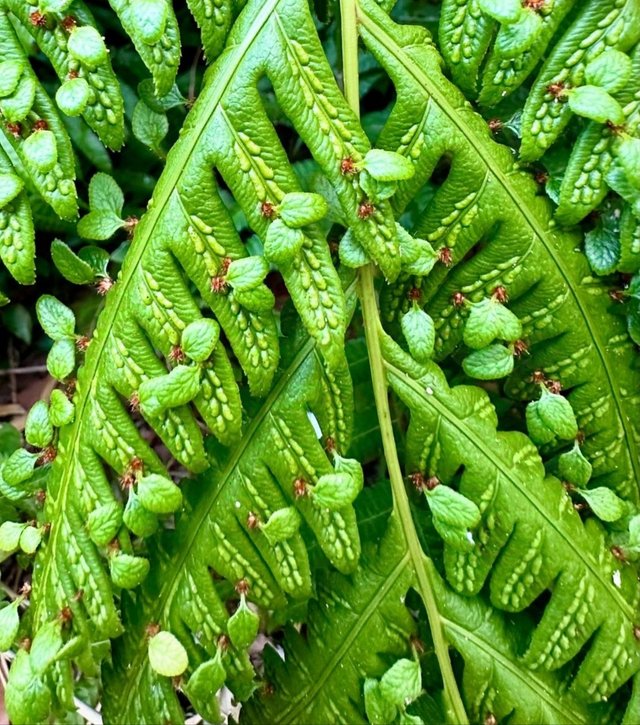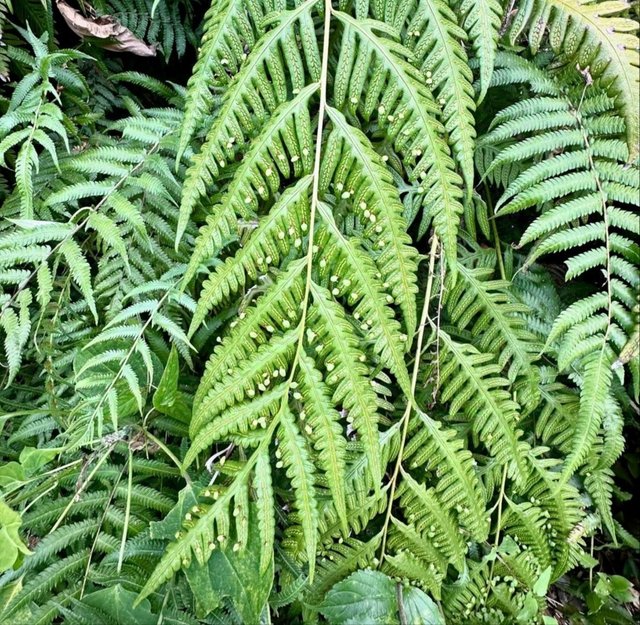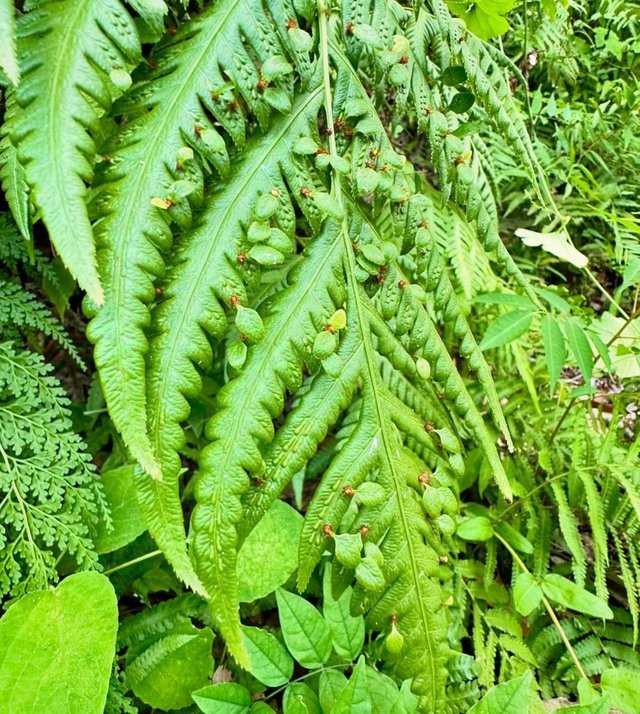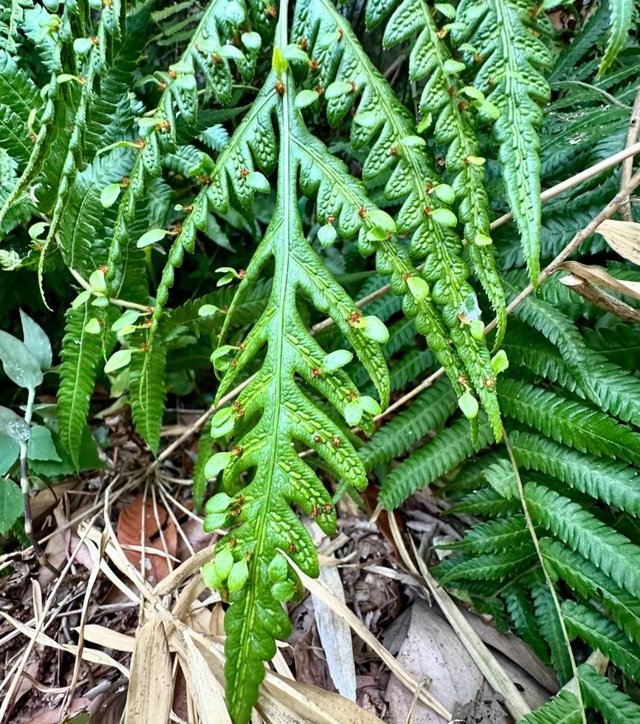Beautiful Green Giant Chain Fern
The Giant Chain Fern is a striking and robust species of fern, often revered for its size, grace, and ecological significance. Native to western North America, from British Columbia to southern California, and extending into the mountainous regions of Arizona and northern Mexico, this fern is a key player in many ecosystems, particularly in moist, shaded forest environments.
Physical Characteristics
The Giant Chain Fern is among the largest ferns found in North America, with fronds that can reach impressive lengths of up to 8 to 9 feet. These towering fronds are what give the plant its name, creating an imposing, but graceful, presence in the landscape. Each frond consists of a series of lance-shaped leaflets, or pinnae, that are deeply serrated, creating a saw-toothed appearance along their edges. The arrangement of these pinnae along the rachis is in a chain-like formation, hence the common name "chain fern."
The overall appearance of the Giant Chain Fern is lush and vibrant, with dark green fronds that can grow in clusters, creating a dense, umbrella-like canopy over the forest floor. The new fronds, known as fiddleheads due to their coiled shape, emerge in the spring, covered in a soft, protective fuzz before unfurling into their full length. The plant’s root system consists of thick, woody rhizomes that extend underground, often spreading to form large colonies over time.
Habitat and Growth Conditions
This fern thrives in environments that offer constant moisture and partial to full shade, making it a common sight in forested areas along streams, rivers, and in moist ravines. It favors habitats with high humidity, and can often be found growing alongside other moisture-loving plants such as redwoods, alders, and various types of mosses. The soils in which the Giant Chain Fern grows are typically rich in organic matter, offering the fern the nutrients it needs to thrive.
Although the plant is a lover of moist conditions, it is surprisingly adaptable. It can survive in drier conditions as long as it is shaded and has access to periodic water. In cultivated landscapes, it is often used in shady, water-wise gardens where its dramatic size and texture can be used as a focal point. It is also valued for its ability to help control erosion on hillsides or near water sources, where its extensive root system helps stabilize the soil.




